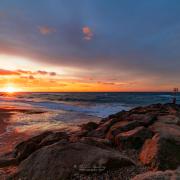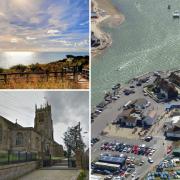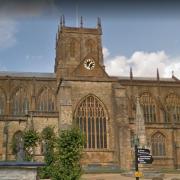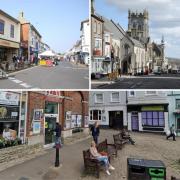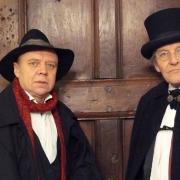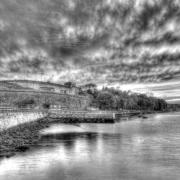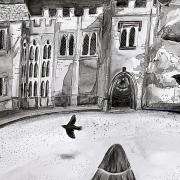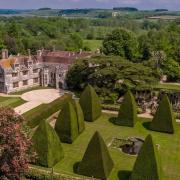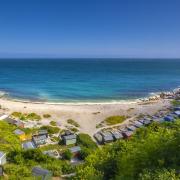The National Trust’s Kingston Lacy is opening its house to the public once more, here are 5 highlights not to be missed
Built during the early 1660s Kingston Lacy was the new home for the Bankes family who had seen their former family seat Corfe Castle, destroyed during the Civil War. In 1835 Sir Charles Barry, who also built the Houses of Parliament, gave this country house near Wimborne a grand makeover turning it into an Italianate palace in the heart of the Dorset countryside. The interiors were also updated to provide a suitably opulent setting for the collections of paintings and other works of art acquired by William John Bankes (1787-1855) as he travelled across Europe.
Highlights include:
- The spectacular Spanish Room, with its early 17th-century Venetian ceiling and hangings of gilded leather and collection of Spanish paintings.
- The wonderful art collection including pieces by Rubens, Van Dyck, Titian and Tintoretto.

- The largest private collection of Egyptian artefacts in the UK including the 6.5m obelisk from the temple of Philae now on Kingston Lacy’s south lawn, the six-tonne obelisk took nine years to be shipped from Egypt to Weymouth.
- The gorgeous gardens and parkland a glorious location for a summer stroll or picnic. The parkland, part of the garden (not the Acer Glade or Kitchen Garden) are open, as is the café for takeaway, shop and toilets.
Entry to both the house and garden is strictly by pre-booked timed tickets to ensure safe social distancing. Find more details and book your visit at nationaltrust.org.uk/kingston-lacy or call 0344 249 1895. Find out how to make National Trust’s Kingston Lacy Honey Tea Bread .





